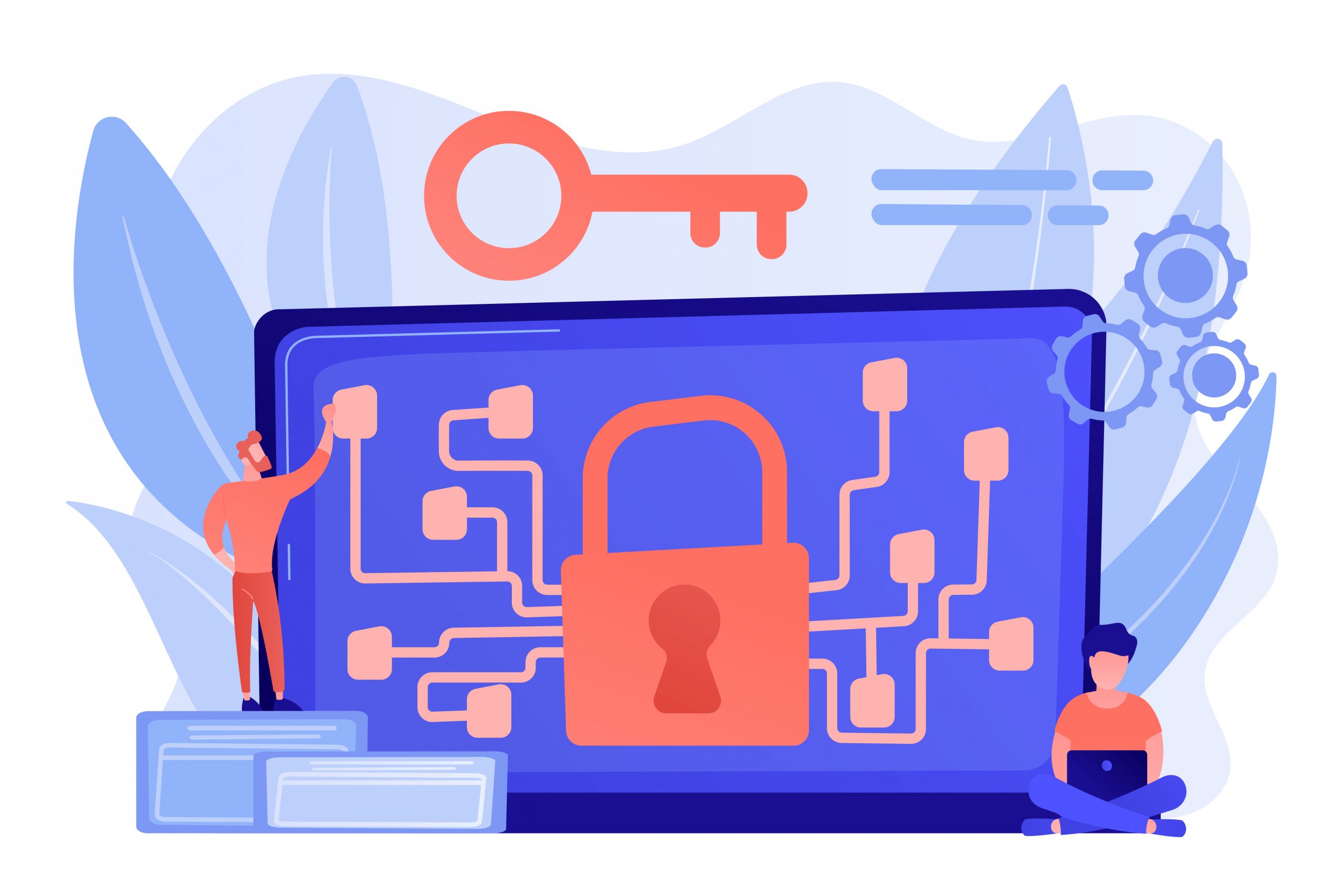
In today’s digital age, companies rely heavily on technology and data to conduct business. As a result, protecting sensitive information has become a critical priority for organizational data management. Ensuring that only authorized personnel have access to confidential information is crucial to prevent data breaches and protect a company’s reputation.
Rights to access information
Information access rights refer to the privileges that an individual or group has to view, modify, or delete specific information in a system or organization. Access rights are typically assigned to users based on their job responsibilities and level of authority within the organization. Access rights can be assigned at various levels, such as system, network, application, and data levels.
Organization for Economic Co-operation and Development (OCD) defined what information can be accessed at a company level. You may request access to any recorded information, whatever its history, form, or medium, which has been produced or obtained by the entities subject to the provisions of the Law on Access to Information during the exercise of their activities. Also, you may request access to any information regardless of your status, your interest in obtaining such information, or your relationship to it. You may request access to any information you choose, and you are not to be questioned for making a request, no
matter what information is being sought.
There might be some exceptions that can be met to access data. If the application for access may be
damaging to one of the following areas such as public security, national defense, international relations regarding public security or the right of others to protect their private lives, personal data, and intellectual property, the rejection of information access might occur.
What information can be used?
At a company level, the information that can be used about a person will depend on the purpose and context of the use. Generally, a company may collect and use the following types of information about an individual:
- Contact Information: This includes an individual’s name, address, phone number, and email address. Companies often use this information to contact customers or employees.
- Employment Information: This includes an individual’s job title, work history, performance evaluations, and other employment-related data. Companies use this information to manage their workforce and make decisions about promotions, pay raises, and other employment-related matters.
- Financial Information: This includes an individual’s bank account information, credit card information, and other financial data. Companies use this information to process payments, issue refunds, and manage financial transactions.
- Demographic Information: This includes an individual’s age, gender, race, ethnicity, and other demographic data. Companies use this information to understand their customer or employee base, and to make decisions about product development, marketing, and diversity and inclusion initiatives.
- Behavioral Information: This includes an individual’s browsing history, search history, and other online activity. Companies use this information to personalize marketing and advertising efforts and to improve the user experience.
It is important for companies to handle personal information in a responsible and ethical manner. Companies should be transparent about the types of information they collect, how it will be used, and who it will be shared with. Companies should also take appropriate measures to protect personal information from unauthorized access, use, and disclosure.
How to share sensitive information at a company?
Sharing sensitive information at a company requires a high level of discretion and security measures to prevent unauthorized access or disclosure. Here are some best practices to follow when sharing sensitive information:
- Limit access: Only share sensitive information with individuals who have a legitimate need to know. This may include members of a specific team or department or individuals who are working on a specific project.
- Use secure channels: Sensitive information should be shared using secure channels, such as encrypted email, secure file transfer protocols, or secure messaging apps. These channels help to prevent unauthorized access or interception of the information.
- Control copies: Limit the number of copies of sensitive information that are created, and ensure that they are stored in secure locations with limited access. Consider using digital rights management tools to control access to digital copies of sensitive information.
- Monitor access: Keep track of who has accessed sensitive information and when. This can help to identify potential security breaches or inappropriate use of the information.
- Use non-disclosure agreements: Use non-disclosure agreements (NDAs) to ensure that individuals who are given access to sensitive information understand the importance of keeping the information confidential. NDAs should outline the scope of the information that is covered, the duration of the agreement, and the consequences of breaching the agreement.
- Train employees: Train employees on how to handle sensitive information, including the importance of confidentiality, how to identify and report security breaches, and how to use secure communication channels.
- Follow legal and regulatory requirements: Ensure that sharing sensitive information complies with legal and regulatory requirements, such as data protection laws or industry-specific regulations.
Steps to organize information access
Organizing information access at a company level is crucial for protecting sensitive information and preventing data breaches. By following these steps, businesses can ensure that only authorized personnel have access to confidential data, and can significantly reduce the risk of security incidents.
- Identify the types of information that need to be protected
The first step is to identify the types of information that are critical to your organization’s operations, such as financial records, customer data, and intellectual property. Then, you should determine which employees require access to this information to perform their job duties. For example, the finance team may need access to financial records, while the marketing team may require access to customer data.
- Define roles and responsibilities
Start by identifying the roles and responsibilities of each employee in the organization. Determine what information each role needs to access and ensure that they only have access to the information they need. This can be achieved by setting up access controls and establishing user roles and permissions.
- Implement authentication and authorization protocols
To protect sensitive data, it’s important to implement authentication and authorization protocols. This means ensuring that employees only access information that they are authorized to see. You can set up a system that requires employees to enter a username and password or use multi-factor authentication to access sensitive data.
- Regularly review and audit access logs
Periodically reviewing and auditing access logs can help you identify potential security issues and ensure that employees are following company policies and procedures. This can be done by regularly monitoring user access logs, ensuring that access is only granted to the right people, and revoking access for employees who no longer need it.
- Educate employees on safe data handling practices
Educating employees on safe data handling practices is crucial to maintaining the security of sensitive data. Provide training to all employees on how to handle sensitive data and the importance of protecting confidential information. This can include password management, safe data storage, and how to report a data breach or other security incidents.
- Establish an incident response plan in case of a data breach or security incident.
An incident response plan should be established in case of a data breach or security incident. The plan should include procedures for containing the incident, assessing the damage, and notifying affected parties.
- Monitor access logs and audit trails to identify suspicious activity and investigate any potential security breaches
Access logs and audit trails should be monitored to identify suspicious activity and investigate any potential security breaches. This can include reviewing logs for unauthorized access attempts and analyzing audit trails to determine the source of a security breach
isLucid for a better meeting information management
isLucid bridges verbal information with task management software, allowing team members to focus on the discussion and have organized written information. This helps to make a better decision-making process and keep teams aligned. Information from conversations are being organized in seconds and stored in any chosen task management platform, CRM or ATS. All the meetings become searchable, sharable, and actionable. By using integrated GPT3 notes and tasks are paraphrased and ready to go.
Communication between team members can become clear because of actionable items such as tasks, bookmarks, or meeting minutes. You can also save important meeting information with isLucid and share it with anyone you like – new employee or the one who did not attend the meeting. This helps to save time on keeping in touch with all decisions made during the meeting. With isLucid, organize and access all of your meetings at any time – they are stored for an unlimited amount of time. You can go back to a meeting that happened a long time ago and organize it the they you like or share it with your colleagues.
If you are interested in isLucid digital meeting assistant, get it for MS Teams.
You can also book a demo and get a walkthrough: Book a Demo.

